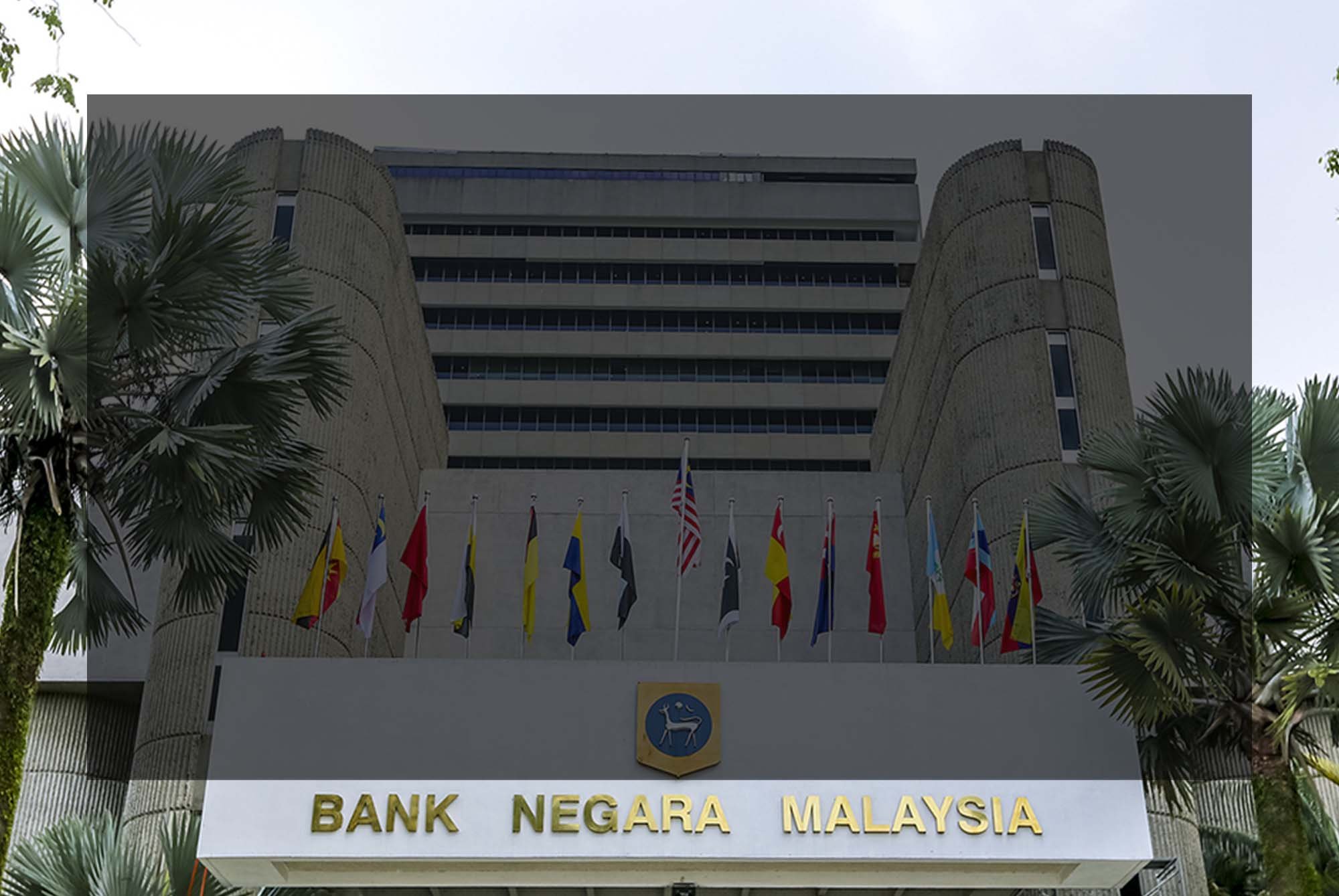Business Continuity Management Policy by Bank Negara Malaysia

 Part B Policy Requirements 9: BCM Framework and Methodology
Part B Policy Requirements 9: BCM Framework and Methodology
Crisis Communication
 Click the icon on the right to download BNM BCM Policy. Below is a sample Table of Content of the downloaded BNM BCM Policy.
Click the icon on the right to download BNM BCM Policy. Below is a sample Table of Content of the downloaded BNM BCM Policy.
Introduction
Bank Negara Malaysia issued the Business Continuity Management (BCM) Policy on 19 Dec 2022, providing guidelines for banks to establish effective business continuity practices. This report focuses on Part B - Policy Requirement 9, which outlines the BCM framework and methodology banks should consider when developing their business continuity management plans. Specifically, it highlights the requirements related to crisis communication.
Policy Requirement 9 emphasizes the importance of robust crisis communication strategies and processes within the BCM framework. Effective crisis communication is critical to ensure timely and accurate dissemination of information to relevant stakeholders during a crisis or disruptive event.
The policy recommends that banks establish a comprehensive crisis communication plan that includes the following key elements:
a. Communication Protocols
The plan should define clear protocols and procedures for communication during a crisis. This includes establishing lines of communication, designated spokespersons, and escalation channels. The plan should also outline the roles and responsibilities of individuals and teams involved in crisis communication.
b. Stakeholder Identification
Banks should identify their key stakeholders, including employees, customers, regulators, media, and other relevant parties. The plan should outline communication strategies with each stakeholder group, considering their specific needs and expectations during a crisis.
c. Message Development
The policy encourages banks to develop pre-approved message templates and guidelines to ensure consistency and accuracy in communication. These templates should be adaptable to different scenarios and provide clear and concise information regarding the crisis, its impact, and the bank's response measures.
d. Communication Channels
The plan should identify various communication channels to reach different stakeholders effectively. This may include traditional media channels, social media platforms, email notifications, dedicated hotlines, and internal communication tools. Banks should ensure that these channels are regularly tested, maintained, and updated as necessary.
e. Timely and Transparent Communication
The policy emphasizes the importance of timely and transparent communication during a crisis. Banks should promptly provide updates and relevant information to stakeholders, keeping them informed of the situation, mitigation measures, and the progress of recovery efforts.
f. Training and Preparedness
The policy recommends that banks conduct regular training and preparedness exercises for crisis communication. This includes simulating crisis scenarios, conducting media training for spokespersons, and ensuring that relevant personnel are well-versed in the crisis communication protocols.
Collaboration and Coordination
Policy Requirement 9 also highlights the need for collaboration and coordination in crisis communication. Banks are encouraged to establish partnerships and communication networks with relevant authorities, industry stakeholders, and other organizations to facilitate information sharing and coordinated responses during crises. Collaboration can help ensure consistency in messaging, minimize confusion, and enhance the overall effectiveness of crisis communication efforts.
Conclusion
Policy Requirement 9 of Bank Negara Malaysia's Business Continuity Management Policy, emphasizes the importance of effective crisis communication within the BCM framework. It highlights the need for banks to develop robust crisis communication plans that define communication protocols, stakeholder identification, message development, communication channels, and timely and transparent communication strategies.
By adhering to these requirements, banks can ensure that stakeholders receive accurate and timely information during a crisis, fostering trust and confidence. Regular training, preparedness exercises, and collaboration with relevant stakeholders contribute to the overall effectiveness of crisis communication efforts.
Effective crisis communication is essential for maintaining stakeholder relationships, managing reputation, and enabling a coordinated response to mitigate the impact of disruptive events.
















![Register [BL-B-3]*](https://no-cache.hubspot.com/cta/default/3893111/ac6cf073-4cdd-4541-91ed-889f731d5076.png)


![FAQ [BL-B-3]](https://no-cache.hubspot.com/cta/default/3893111/b3824ba1-7aa1-4eb6-bef8-94f57121c5ae.png)

![Email to Sales Team [BCM Institute]](https://no-cache.hubspot.com/cta/default/3893111/3c53daeb-2836-4843-b0e0-645baee2ab9e.png)


